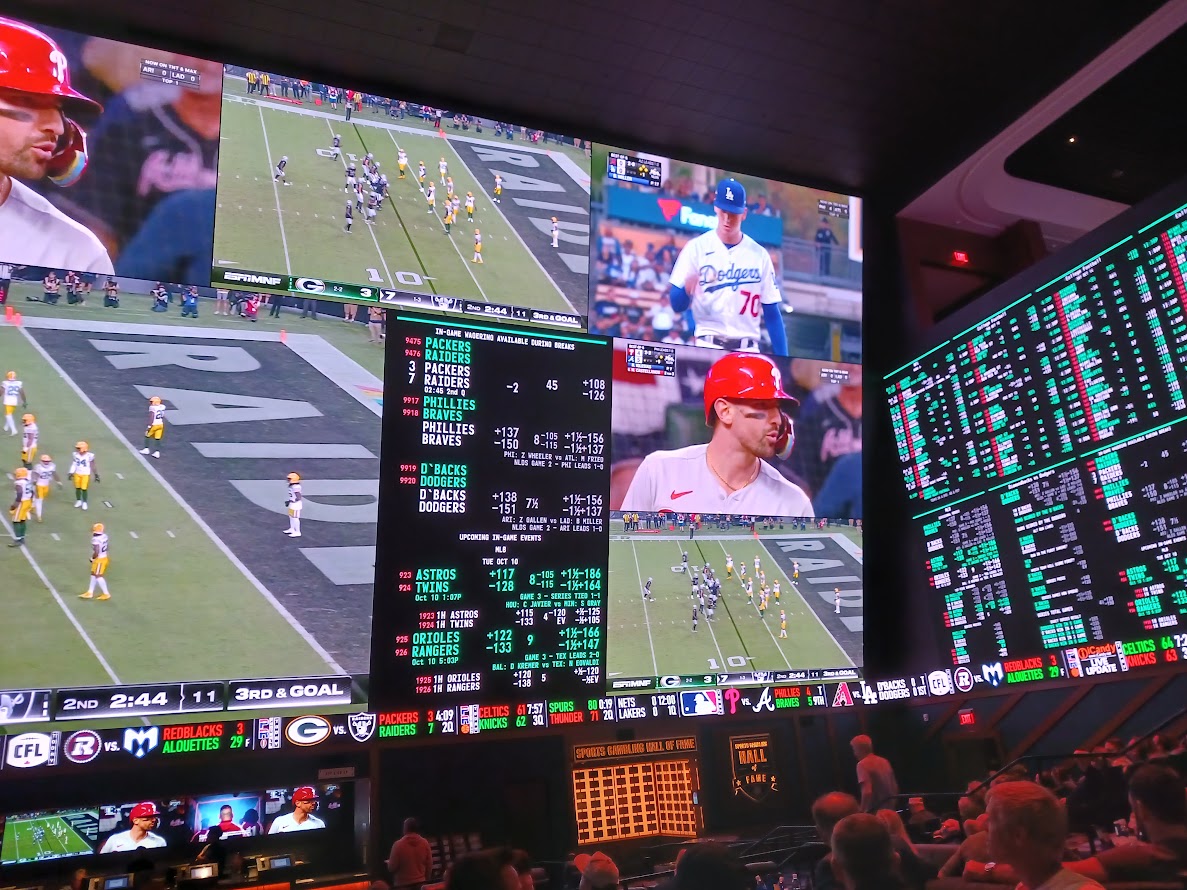Anyone who pays attention to sports betting media knows about trends. Some are helpful. Most are useless. Here are some examples of the types of sports betting trends to ignore, while others should be considered.
Sportsbooks Consider Useful Trends When Posting Odds
Some trends are useful. Maybe a team plays poorly in cold or rainy weather. A baseball team may struggle against left-handed pitching. Maybe a pitcher is more prone to get shelled at Coors Field in Denver than other pitchers are. An NBA team could have a historically terrible record on the road.
Oddsmakers already know these trends. They understand the home advantages some teams have and which perform poorly on the road or in unusual weather and environments. Consider that when making bets.
College sports betting trends are mostly nonsense
College football and basketball teams do not stay together long enough to develop trends that combine multiple seasons. When you see a college football team failed to cover its last six games against a conference opponent, know that the team six years ago had none of the same players on it as this season.
College basketball is the same way. Talented players often do not play every eligible season. Therefore, college basketball trends that overlap seasons are useless unless you believe coaching is the reason.
Trends are often cherry-picked
Have you ever seen a trend that starts something like, “Since Week 12 of last season, NFL underdogs are 100-76 (57%) against the spread”? What happened in Week 11, or 10? The answer is the opposite occurred. Otherwise, those weeks would be included in the trend. Most trends that have an unnatural beginning and ending are largely useless to use for handicapping purposes because they are cherry-picked.
Anyone can find a timeline where something statistically unusual occurred. That does not make the information helpful. If the roulette wheel had eight red numbers in a row, it is not predictive of what happens with the ninth, regardless of what a player’s gut tells them.
But the team I want to bet on covered five straight point spreads
The team you want to bet on is hot. They keep covering point spreads, maybe even winning in blowouts. The point spread takes the team’s abilities and expectations into account. If anything, the point spread will be inflated because public bettors tend to back the favorites. Recency bias can make that spread a couple of points more than it should be, potentially adding a little value to the contrarian side.
Sample sizes are usually too small to matter
Most trends are not only cherry-picked, but the sample size is too small. A stretch of five or ten games does not tell any sort of story. A useful trend would need dozens, maybe hundreds of outcomes, to become statistically useful. Most sports don’t have enough games to create this type of data while the players remain the same.
Create a system that rates teams instead
Trends offer little to no value. The ones that may have some predictive qualities are already in the odds. Instead of chasing hot and cold trends, follow the sports you want to bet closely. Come up with a rating system. If your data contradicts a point spread, that is when you should bet it, not because one of the teams has won or lost their last five games against the spread.
Play within your bankroll
The most important part of betting on sports is knowing your limits. The sweat is not fun if you bet more than you are comfortable losing. Make sports betting entertainment. Research your bets to improve your chances of winning, but don’t use trends to bet too much.




